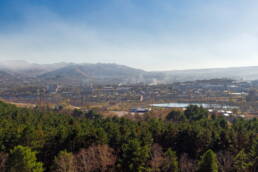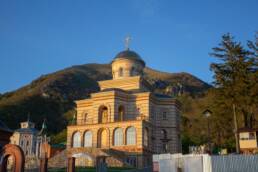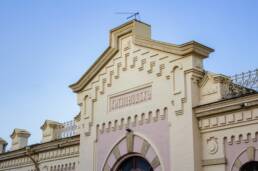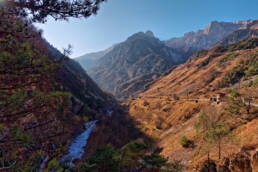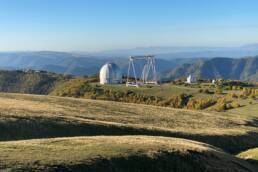Stavropol Krayand Kislovodsk
Stavropol Kray is a land of mountains, ancient fortresses, the first Russian resorts, Cossack villages, spread out at the bottom of the former Sarmatian Sea. The first Cossacks settled in the Stavropol region in the second half of the XVIII century without the orders of the state authorities, that is, as befits the Cossacks-arbitrarily.
Since then archaeologists have discovered 20 settlements and towns here, some of which are more than three thousand years old. The towns of the region have been famous since ancient times for local thermal waters, therapeutic springs and mud.
Stavropol Kray has more to offer than health resorts. The traditional life in here is associated with vine growing and wine making.
Kislovodsk is located in the south of the Stavropol Territory, practically on the border with Karachay-Cherkessia, 65 km from Mount Elbrus. The city is located in a small and cosy picturesque valley surrounded by the slopes of the Main Caucasian Range protecting it from cold winds, providing it with a special microclimate. Despite the fact that the city is located in a deep valley among the mountains, the air never stagnates here, as the valley is continuously ventilated by the free flow of fresh mountain air that flows along the river gorges.
Modern Kislovodsk is one of the greenest cities in the South of Russia. Today the city is a single resort complex with a developed infrastructure. On the territory of the city there are 55 sanatoriums and boarding houses, a hotel complex, a resort clinic, and a mud bath.

